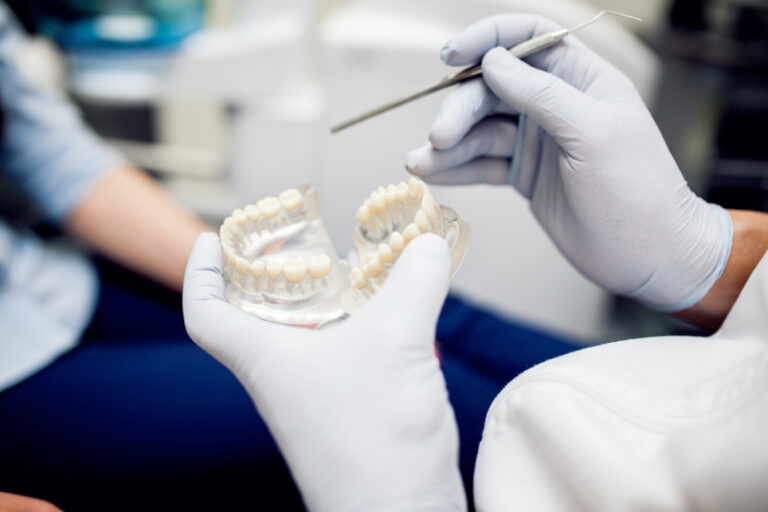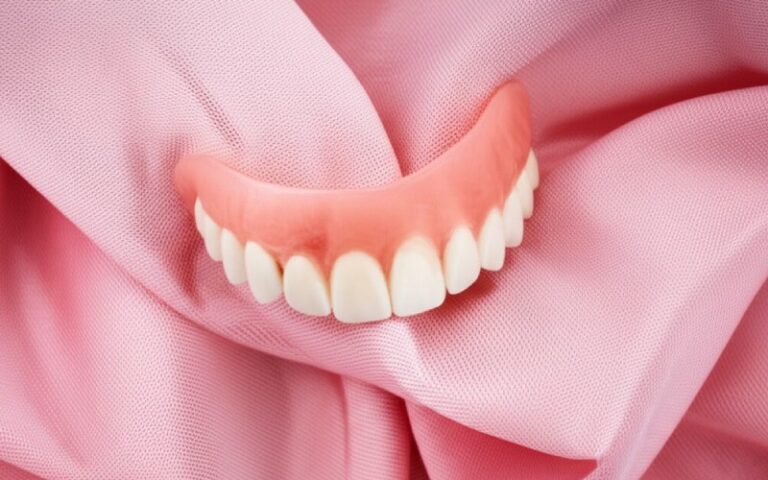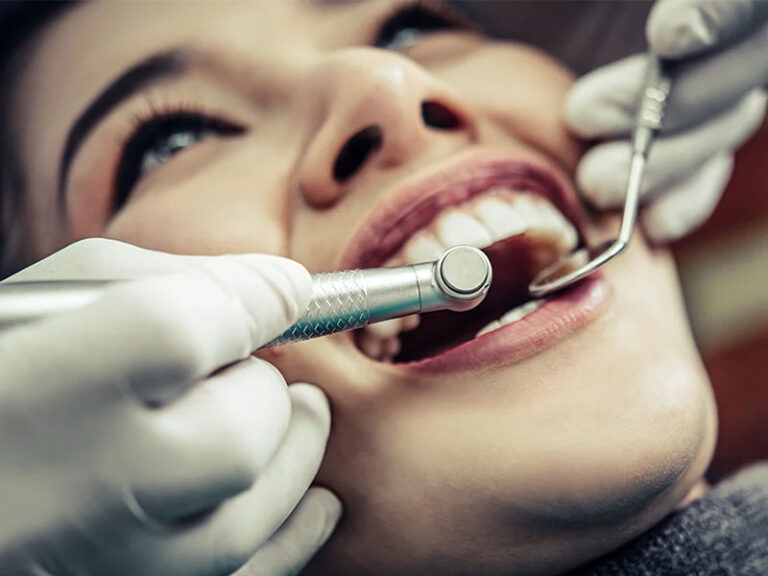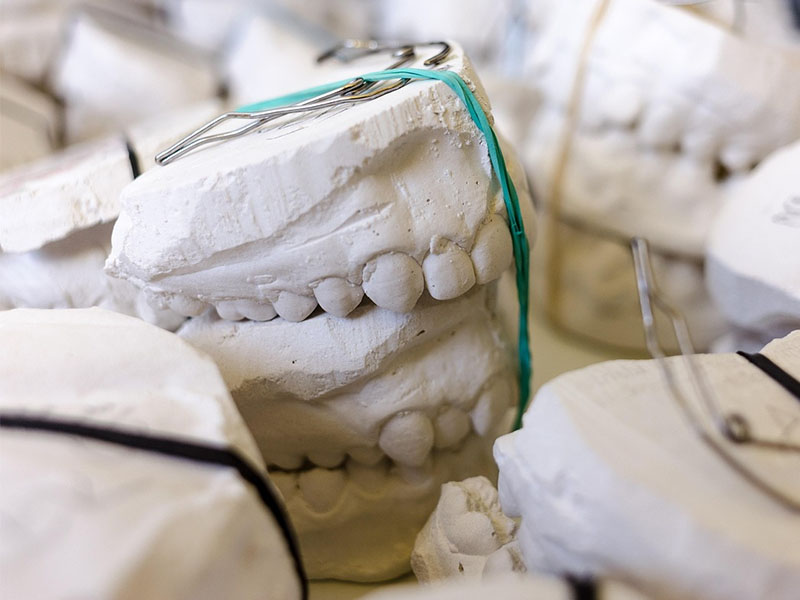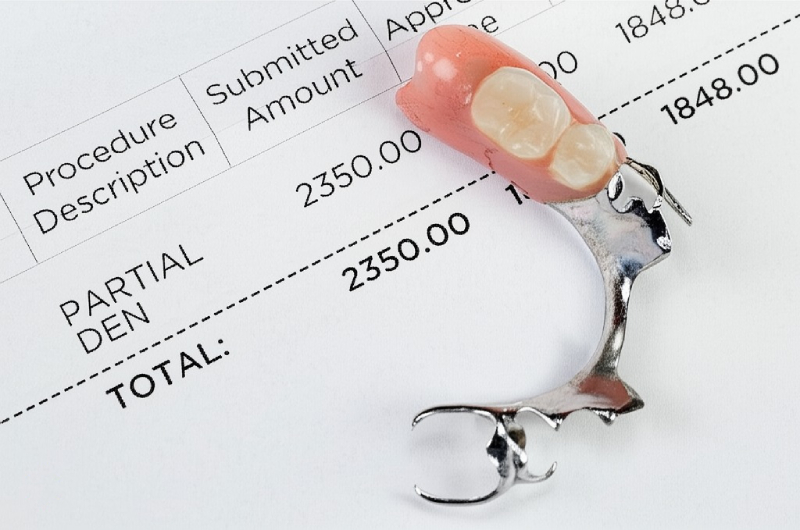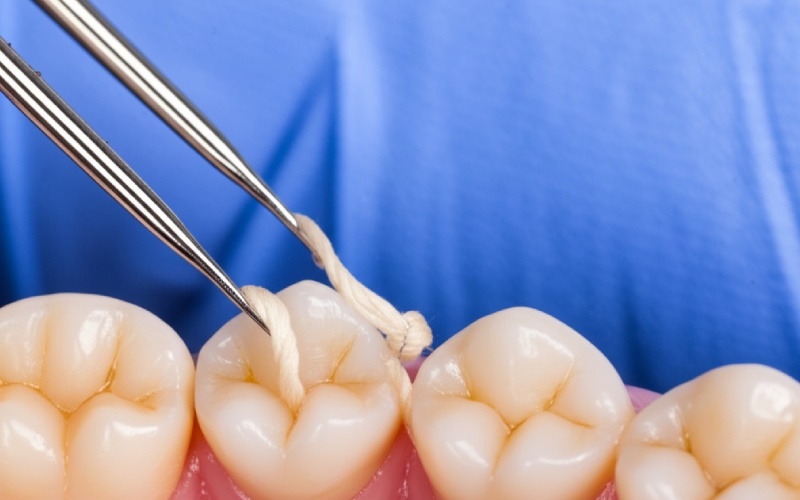
The Double Cord Technique: Better Teeth Impressions Made Easy
Table of Contents
What Is The Double Cord Technique?
The double cord technique is a way that dentists make better molds of your teeth. They use two tiny strings to push your gums back. This helps them see more of your tooth. When they make a mold of your tooth, it will be very good.
The double cord method is used most for:
- Crowns
- Bridges
- Veneers
This way works better than using just one cord. It helps get the best fit for your new teeth.
How The Double Cord Technique Works
The steps are very simple:
- Your dentist puts a small cord in the space between your tooth and gum
- Then they put a bigger cord on top of the first one
- The cords have special medicine that stops bleeding
- After 5 minutes, they take out the top cord
- They take a mold while the bottom cord keeps the gum away
- Your tooth shows up very clear in the mold
When done right, the impression will show all the parts of your tooth the dentist needs to see.
4 Big Benefits Of The Double Cord Technique
1. Less Hurt For Your Gums
The double cord way is gentle on your gums. Using two smaller cords is better than trying to jam one big cord in there. This means:
- Less pain for you
- Less damage to your gums
- Faster healing after your visit
2. Stops Bleeding Better
When your dentist takes a mold, any blood can make it bad. The double cord technique helps stop bleeding in two ways:
- Both cords have medicine that stops bleeding
- The cords press on your gums to stop blood flow
Studies show this works 94% of the time! With old ways, success was only about 78%.
3. Shows More Of Your Tooth
For things like Emax crowns or veneers, seeing all of your tooth is very key. The double cord method:
- Pushes gums back more than one cord can
- Shows the dentist where your tooth ends and gum starts
- Makes sure new teeth will fit just right
4. Makes Your Dentist Faster
The double cord technique helps your dentist work 15-20% faster. That means:
- Less time in the chair for you
- Better results for your teeth
- Fewer do-overs
Double Cord vs. Single Cord: Which Is Better?
Let’s look at how they stack up:
| What We Check | Double Cord | Single Cord |
|---|---|---|
| Stops Bleeding | 94% success | 78% success |
| Time To Get Ready | 5-7 minutes | 10-12 minutes |
| Shows Tooth Edge | Very clear | Sometimes blurry |
| Gum Push-Back | 2x more space | Less space |
| Problems After | Only 6% | About 18% |
As you can see, the double cord technique wins in all ways that matter!
Who Should Get The Double Cord Technique?
The double cord method is good for almost all people who need:
It’s extra good for folks with:
- Gums that bleed easy
- Deep gum pockets
- Teeth that are broken below the gum line
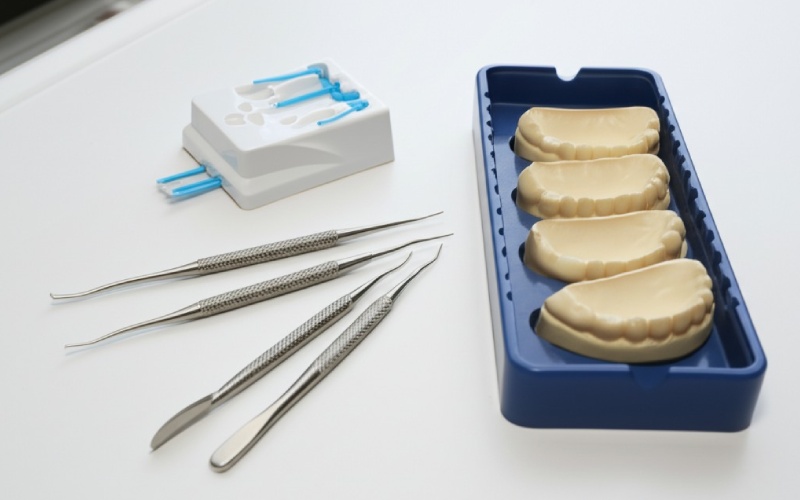
How To Know If Your Dentist Used Double Cord
You can ask your dentist if they use the double cord technique. Good signs they did:
- You saw them place two cords
- They waited about 5 minutes before taking the mold
- They took out one cord but left one in when making the mold
- The process was fast and did not hurt much
The Science Behind Double Cord Success
Studies show why the double cord technique works so well:
- The first cord seals the gingival sulcus (the gap between tooth and gum)
- The second cord pushes tissue away more
- When the top cord comes out, there’s a perfect space to see the tooth edge
- The bottom cord stops gums from bouncing back
Tests in dental labs show that molds made with the double cord method are 35% more exact than other ways.
Tips For Dentists Using Double Cord
If you are a dentist reading this, here are some pro tips:
- Use a #00 or #000 cord on the bottom
- Use a #1 or #2 cord on top
- Soak both cords in aluminum chloride to stop bleeding
- Leave the top cord in for at least 5 minutes
- Take it out right before you make the mold
- Keep the bottom cord in place during the impression
Steps In The Double Cord Process
Here’s the full process step by step:
Step 1: Getting Ready
- Clean the area around the tooth
- Dry it well
- Pick the right size cords
Step 2: First Cord Placement
- Put the small cord in the gum pocket
- Tuck it all the way around the tooth
- Make sure it stays down in the space
Step 3: Second Cord Placement
- Put the bigger cord on top
- It should sit right on the first cord
- Make sure it fits snug but not too tight
Step 4: Waiting Time
- Let both cords sit for 5-7 minutes
- This gives time for the medicine to work
- It helps stop any bleeding
Step 5: Making The Mold
- Take out just the top cord
- Leave the bottom cord in place
- Make the mold right away
- The bottom cord keeps the gum from moving
Step 6: Finishing Up
- After the mold sets, take out the bottom cord
- Check the mold to make sure it shows all tooth edges
- Clean the area
When Not To Use Double Cord
While the double cord technique is great, it’s not for every case:
- When gums are very sick or sore
- For baby teeth
- When the patient can’t sit still for long
- If there’s no gum pocket to place the cords
In these cases, other methods might work better.
Patient Care After Double Cord
After your dentist uses the double cord technique, you should:
- Be gentle when brushing near that tooth for 2-3 days
- Rinse with warm salt water to help healing
- Take any medicine your dentist gives you
- Call if you have pain that doesn’t go away
Most people feel fine right after. Some might have slight sore gums for a day.
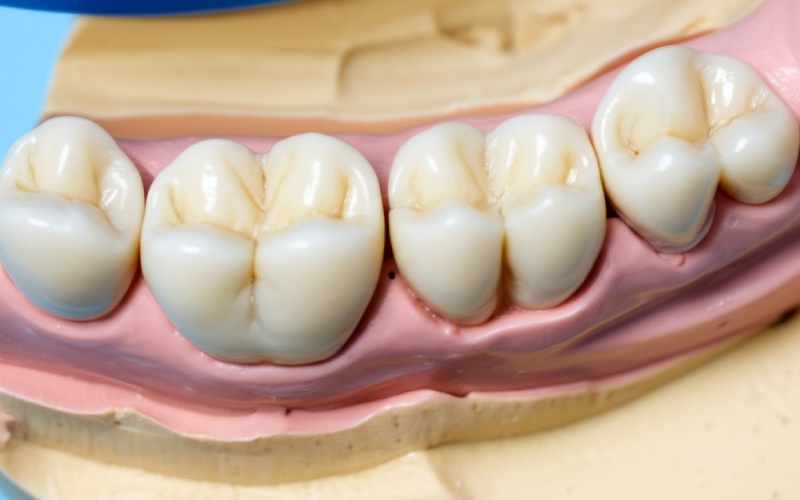
Double Cord And Digital Dentistry
The double cord technique works great with new digital ways to make teeth. When using digital dental lab tools:
- The cords move gums just like for old-style molds
- Digital scanners can see the tooth edge very clear
- This leads to better fit for CAD/CAM crowns
Case Studies: Double Cord Success
Case 1: Front Tooth Crown
A 45-year-old man needed a new crown on a front tooth. His gums bled easy. The dentist used double cord technique and got a perfect mold the first try. The Emax crown fit perfect and looked just like his real teeth.
Case 2: Bridge Work
A 67-year-old woman needed a 3-tooth bridge. Her teeth were very close to the gum line. With double cord, the dentist could see all tooth edges. Her new ceramic bridge fit right the first time with no leaks.
Case 3: Veneers
A 35-year-old wanted six front veneers. The double cord technique let the lab see exactly where each tooth ended. All six ceramic veneers fit perfect with no gaps.
Common Questions About Double Cord
Does the double cord technique hurt?
Most people feel slight pressure but not pain. The cords have medicine that numbs the area a bit.
How long does it take?
The whole process takes about 10-15 minutes. That’s faster than many other ways.
Will my gums bleed?
The cords have medicine to stop bleeding. Most people have very little or no blood.
Do all dentists know this method?
Most do, but not all use it. Ask your dentist if they use double cord technique.
Is it more costly?
Usually not. Most dentists don’t charge extra for this method.

